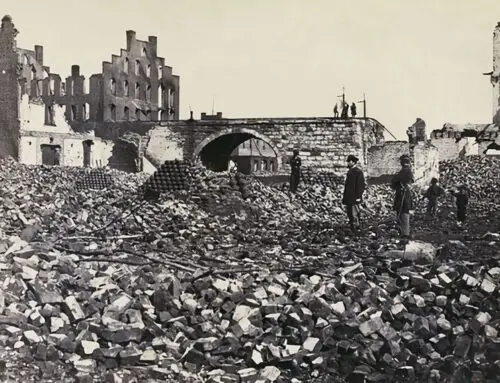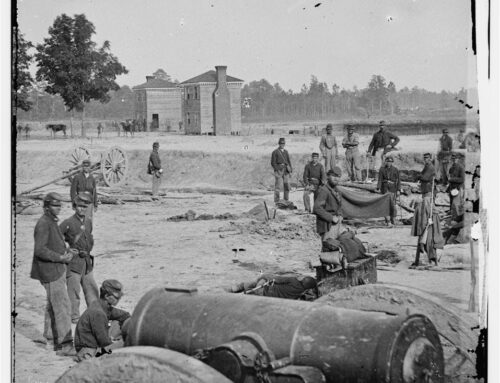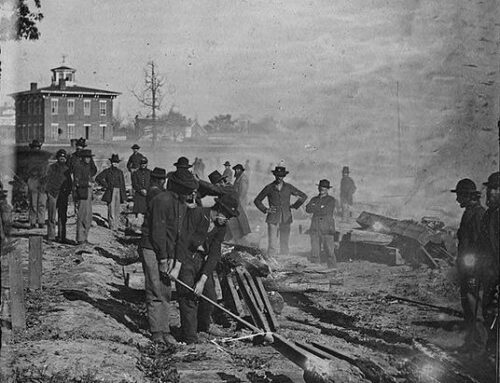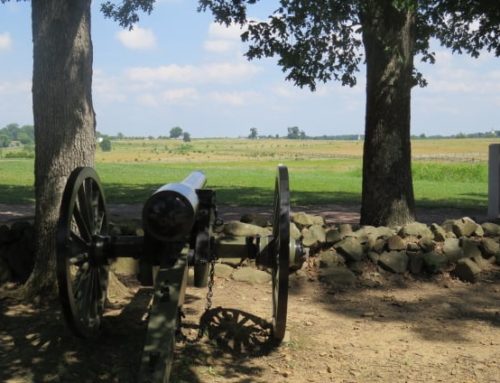June 27th 1862
The battle of Gaines Mill saw the best general that ever put on the gray of the Confederacy, Robert E. Lee, led the Confederates. The Union would counter with a leader who although very competent, was over matched.
The Battle of Gaines Mill was the third of the Seven Days’ Battles. Lee was known for his tenacity and expression for aggression so the issue of the Union being dug in and well numbered (34,000) meant little to him. The Confederate force was estimated at 57,000, the fear-factor for Lee did not arrive from this; obviously he had the superior numbers. Lee usually and this time was no exception, evaluated every angled during a battle.
The weakness that Lee pinpointed was the terrain. The isolation of the Union position made it impossible for the Yankees to adequately retreat with the additional blacking of the minimal bridges. Without adequate bridges to retreat across the river, the Union could be either cut to pieces or forced to surrender. Everything was in Lee’s favor or so it seemed. Lee attacked with his best troops up front to deal a knockout blow to the Union line immediately.
General Porter who urged his defensive troops on commanded the Union line and hold on they did for five bloody hours. The losses were starting to accumulate with each Rebel attack against the well-defended Union line. After 12 long hours of relentless charges and beat-backs, the three- pronged assault of the lightning quick Virginians lead by their leader and Gettysburg hero George Pickett (Pickett’s Charge) the Confederates finally broke the Union line.
The total losses from both sides numbered close to 16,000 a devastatingly high figure. With the Union in a full retreat the brilliance of General Lee was ready to come into fruition. Lee had figured that when the Union line was broken and the retreat was in its infancy he could force General McClellan to use the Chikahominy River and thusly lose the White House base previously engineered for the battle.
Lee’s calculations were dead on. Not only did the line break but the retreating pattern went just as Lee had planned. Many Union soldiers were take prisoner and weaponry and supplies were vanquished. The Confederate army under General Lee had set out to stop the Union army under General McClellan and force him to turn away from Richmond.
This worked like a charm, the outnumbered and weary Union soldiers limped away from Gaines Mill a beaten worn-out unit.
In the days following the battle, Lee would tell his troops that he was most proud of their gallantry in the face of Union gunners. Never before had Lee been seen so sentimental and it would never happen again. Some say it was the proximity that the Union had been, so close to the Confederate capital that urged Lee to sentimental feelings, maybe so.






























